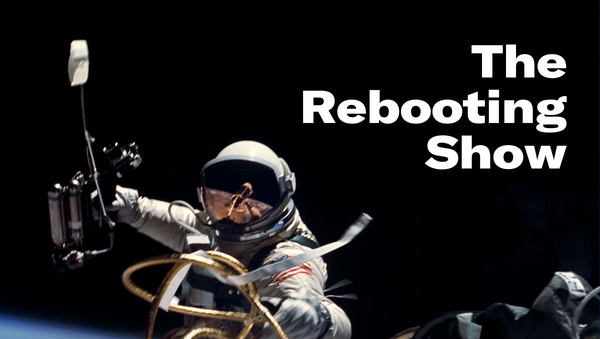AI mode
Publishing in an agentic era

Welcome back, everyone. I have long felt like we are between eras in media, when the old models are clearly deteriorating but the new ones are still taking inchoate form. It’s clear that the traffic models that sustained much of digital media are waning in effectiveness, for sites big and small. The big tech companies that control distribution couldn't be more clear to publishers: relying on traffic as a mainstay is the riskiest of propositions.
The biggest risk I see at publishers is being paralyzed by the uncertainty of these momentous changes. A frustration with the slow pace of response has permeated many of my recent discussions with publishers. The reality is not making a choice is a choice. Publishers need to continue to operate their current businesses while building for a rapidly changing environment.
That kind of bias to action was a theme in The Rebooting’s Online Forum yesterday. Aaron Segal, principal product manager at Recurrent, walked through how the company approached a multi-brand CMS migration, what they learned from it, and how it’s shaping their AI and product roadmap moving forward.
“A migration will take however long you give it,” said Aaron. “We scoped tightly, launched fast, and improved after.”

What rising bot clicks mean for your email metrics
Click bot activity has continued to climb across many types of email deployments. Omeda’s latest benchmark report shows that audience promo emails had the highest rate of bot-driven clicks, while newsletters remained the most reliable signal of human engagement. With ISPs cracking down on low-quality signals and opens becoming less dependable, the risks of inflated or misleading metrics are growing.
Omeda’s quarterly report breaks down the latest performance data and emerging patterns, including:
- Which types of emails are most affected by click bots—and which are least
- How click bot inflation distorts engagement metrics and what to watch
- The impact of stricter ISP filtering on inactive subscribers
Preparing for Google Zero
The media business used to revolve around the annual upfronts. These anachronisms were a glitzy manifestation of the power of scarcity that made media not just a fun business but a good one. It set the marketplace, with the power on the sell side and scarcity driving urgency. The ad market has mostly shifted from that model to a spot market, epitomized by programmatic ad distribution.
The upfronts are no longer where you gauge the state of the ad industry. It’s better instead to focus on the giant tech companies’ developer conferences, where they signal the strategic direction they will take – and all those downstream of Big Tech adjust accordingly.
The shift is underway from a page-based web to a protocol-driven, agent-mediated one. Google, Microsoft, and OpenAI are in arms race to build an agentic web that might give lip service to the open web of old but will act nothing like it. They’re redesigning the interfaces that govern how content is discovered, rendered, and monetized. The web is moving to AI mode.
Based on my conversations and recent moves by the tech giants, here are five shifts that matter:




